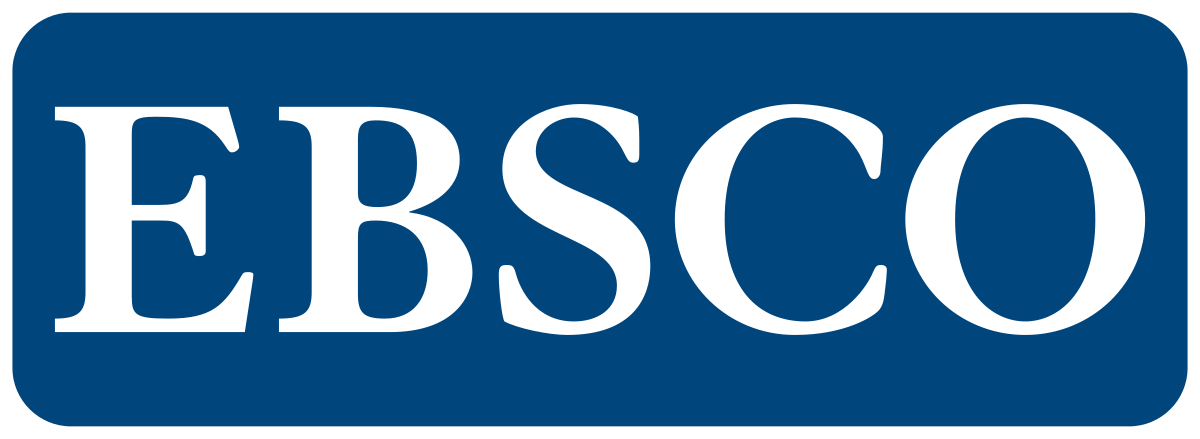Design and Implementation of an IoT-Based Irrigation Management System for Alternate Wetting and Drying (AWD) Technique in Rice Cultivation
DOI:
https://doi.org/10.23960/jtepl.v14i4.1256-1267 Abstract View: 259
Abstract View: 259
Abstract
Rice irrigation management is facing considerable challenges, particularly in improving water use efficiency. This study aimed to develop an irrigation management system integrating the Alternate Wetting and Drying (AWD) technique with Internet of Things (IoT) technology. The system was constructed using ESP32 microcontroller, TOF10120 distance sensor for water level monitoring, an SD card module for data logging, 20×4 I2C LCD for real-time display, an optocoupler relay module for system control, and DS3231 real-time clock for timekeeping. Remote monitoring and control were enabled via the Blynk platform. System design was conducted using AutoCAD software, circuit simulations were performed using the Wokwi platform, and field testing was implemented in a rice cultivation area in Tabanan, Bali. Water level measurements were obtained using the TOF10120 sensor, and measurement accuracy was evaluated using MAPE (Mean Absolute Percentage Error). The system operated using a 100 WP solar panel and battery, ensuring sustainable and autonomous functionality. Results demonstrated that the IoT-based AWD irrigation management system successfully automated irrigation scheduling according to crop water requirements, achieving a high accuracy with a MAPE of 3.83%. Integration with the Blynk platform provided real-time monitoring and remote control functionalities, offering farmers an effective and user-friendly tool for optimizing irrigation water management.
Keywords: Alternate Wetting and Drying (AWD), Automatic Irrigation System, Blynk platform, IoT, Irrigation management, Sensor.
Downloads
References
Bhandari, U., Gajurel, A., Khadka, B., Thapa, I., Chand, I., Bhatta, D., Poudel, A., Pandey, M., Shrestha, S., & Shrestha, J. (2023). Morpho-physiological and biochemical response of rice (Oryza sativa L.) to drought stress: A review. In Heliyon (Vol. 9, Issue 3). Elsevier Ltd. https://doi.org/10.1016/j.heliyon.2023.e13744
Fajri. (2021). Prototype Sistem Monitoring Ketinggian Air dan Irigasi Otomatis Berbasis Internet of Things di Dinas Komunikasi dan Informatika Bojonegoro.
Giri, D., Dhital, M., Chaudhary, B., Pandey, R., Bastakoti, B., & Shrestha, S. (2022). Effect of Different Nitrogen Levels on Yield and Yield Attributes of Different Rice Varieties in DDSR Condition at Kanchanpur, Nepal. Archives of Agriculture and Environmental Science, 7(3), 310–317. https://doi.org/10.26832/24566632.2022.070302
Hamzah, A., Hani, S., Santoso, G., & Sidik, K. (2024). Pengolahan Lahan Pertanian Menggunakan Internet of Things di Desa Wukirsari, Sleman. Jurnal Dharma Bakti-LPPM IST AKPRIND, 7, 2614–2929.
Barus, J. H., & Ramli. (2013). Analisis Peramalan Ekspor Indonesia Pasca Krisis Keuangan Eropa dan Global Tahun 2008 dengan Metode Dekomposisi. Jurnal Ekonomi Dan Keuangan.
Hashim, N., Ali, M. M., Mahadi, M. R., Abdullah, A. F., Wayayok, A., Saufi, M., Kassim, M., & Jamaluddin, A. (2024). Smart Farming for Sustainable Rice Production: An Insight into Application, Challenge, and Future Prospect. Rice Science, 47–61. www.sciencedirect.com
Hendriyawan, M., Nuryadi, S., Mardhiyyah, R., Sugiharto, A., Widiono, S., Prasetyo, R. B., & Alfi, I. (2022). Aplikasi Teknik Elektro dan Komputer. CV BUDI UTAMA.
Husna, T., Putra, D. I., & Kasoep, W. (2018). Sistem Pengatur Irigasi Sawah Menggunakan Metode Irigasi Alternate Wetting and Drying Berbasis Teknologi Internet of Things. Journal of Information Technology and Computer Engineering, 2(02), 42–50. https://doi.org/10.25077/jitce.2.02.42-50.2018
Kumar, K. A., & Rajitha, G. (2019). Alternate Wetting and Drying (AWD) irrigation - A smart water saving technology for rice : A review. International Journal of Current Microbiology and Applied Sciences, 8(03), 2561–2571. https://doi.org/10.20546/ijcmas.2019.803.304
Mallareddy, M., Thirumalaikumar, R., Balasubramanian, P., Naseeruddin, R., Nithya, N., Mariadoss, A., Eazhilkrishna, N., Choudhary, A. K., Deiveegan, M., Subramanian, E., Padmaja, B., & Vijayakumar, S. (2023). Maximizing Water Use Efficiency in Rice Farming: A Comprehensive Review of Innovative Irrigation Management Technologies. In Water (Switzerland) (Vol. 15, Issue 10). MDPI. https://doi.org/10.3390/w15101802
Puspitasari, N., Septiarini, A., Octavia, O., Wati, M., & Hatta, H. R. (2022). Penerapan Metode Fuzzy Sugeno dalam Memprediksi Permintaan Darah. Jurnal Sistem Dan Teknologi Informasi (JustIN), 10(4), 435. https://doi.org/10.26418/justin.v10i4.52152
Ridwan, M. Y., Nurpulaela, L., & Bangsa, I. A. (2022). Pengaplikasian Sistem Oit pada Alat Penyiram Tanaman Otomatis Berbasis Arduino Nano. JE-UNISLA, 7, 26–31. www.jurnalteknik@unisla.ac.id/index.php/elektronika
Susanti, W. I., Cholidah, S. N., & Agus, F. (2024). Agroecological Nutrient Management Strategy for Attaining Sustainable Rice Self-Sufficiency in Indonesia. In Sustainability (Vol. 16, Issue 2). Multidisciplinary Digital Publishing Institute (MDPI). https://doi.org/10.3390/su16020845
Taufik, M., Arafah, Nappu, B., & Djufry, F. (2013). Analisis Pengelolaan Air Dalam Usahatani Padi pada Lahan Sawah Irigasi di Sulawesi Selatan. Jurnal Pengkajian Dan Pengembangan Teknologi Pertanian, 62–68.
Tolentino, L. K. S., Bacaltos, P. C., Cruz, R. M. V., Dela Cruz, N. J. S., Medina, L. R. S., Panergalin, J. V., Padilla, M. V. C., & Velasco, J. S. (2021). Autogation: An alternate wetting and drying-based automatic irrigation and paddy water level control system through internet of things. Agrivita, 43(3), 479–494. https://doi.org/10.17503/agrivita.v43i3.2627
Downloads
Published
How to Cite
Issue
Section
License
Copyright (c) 2025 I Nyoman Teguh Yudha Kusuma, I Putu Gede Budisanjaya, Sumiyati Sumiyati, Andri Prima Nugroho, Ni Nyoman Sulastri, I Wayan Tika

This work is licensed under a Creative Commons Attribution-ShareAlike 4.0 International License.
Authors who publish with this journal agree to the following terms:
Authors retain copyright and grant the journal right of first publication with the work simultaneously licensed under a Creative Commons Attribution-ShareAlike 4.0 International Lice that allows others to share the work with an acknowledgement of the work's authorship and initial publication in this journal.
Authors are able to enter into separate, additional contractual arrangements for the non-exclusive distribution of the journal's published version of the work (e.g., post it to an institutional repository or publish it in a book), with an acknowledgement of its initial publication in this journal.
Authors are permitted and encouraged to post their work online (e.g., in institutional repositories or on their website) prior to and during the submission process, as it can lead to productive exchanges, as well as earlier and greater citation of published work (See The Effect of Open Access).
Jurnal Teknik Pertanian Lampung

JTEPL is licensed under a Creative Commons Attribution-ShareAlike 4.0 International License.













